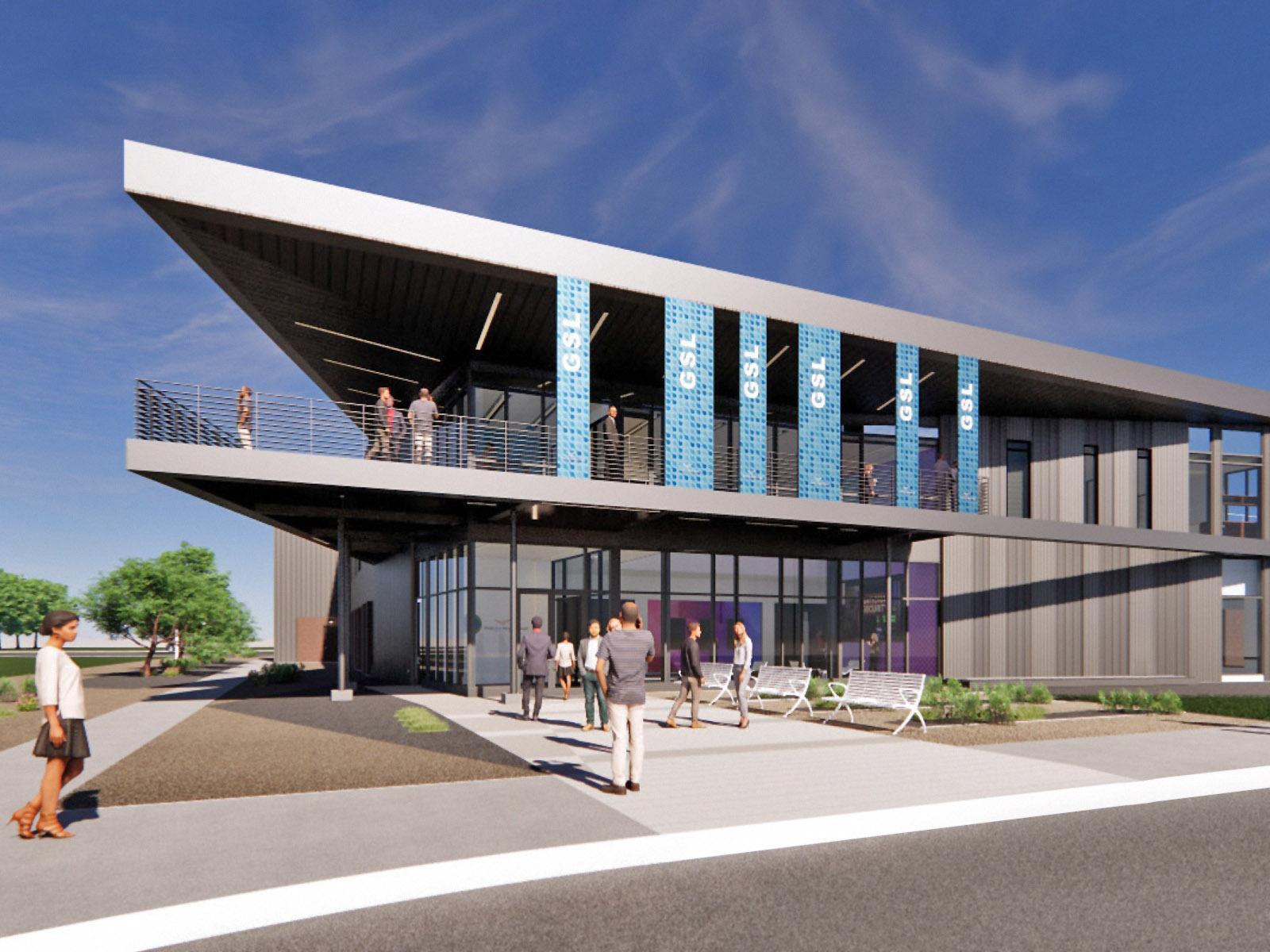Sen. Cantwell, science leaders break ground of new facility at PNNL

U.S. Sen. Maria Cantwell (D-WA) was on hand to break ground on a $75 million facility at the Department of Energy’s Pacific Northwest National Laboratory in Richland that will boost clean energy adoption.
The facility is called the Grid Storage Launchpad, where scientists will validate and test new grid storage technologies—from basic materials and components to prototype devices—under realistic operating conditions. “The Launchpad will help us make America’s grid more reliable and resilient, lead the world in inventing and exporting clean energy products, and accelerate the transition to a cleaner energy system. PNNL has my continued support as it strives to make the Launchpad the world’s premier energy storage research center,” Cantwell said at the dedication ceremony.
The 86,000-square-foot facility will include space for 35 research laboratories and offices for approximately 105 staff. It will include testing chambers to assess prototypes and new grid energy storage technologies up to 100 kilowatts under realistic operating conditions. It also consists of a laboratory dedicated to understanding the fundamental material properties of storage technologies. It will promote rigorous grid performance requirements for all stages of technology development and accelerate the development of innovative technologies.
“Next-generation energy storage is foundational to our nation’s ambitious energy goals, serving as the bridge between renewable energy sources and a resilient power grid,” PNNL Director Steven Ashby said. “At the Grid Storage Launchpad, nationally renowned researchers from PNNL and across the country will forge fundamental discoveries and applied innovations critical to realizing our clean energy future.”
It also features a visualization laboratory with multimedia displays that will allow scientists to analyze the role of energy storage in future grid scenarios and develop new design criteria. Further, the GSL will have flexible workstations and collaboration spaces, including dedicated space for researchers to develop storage technologies originating from the U.S. research and development community.
“The Grid Storage Launchpad facility will boost clean energy adaptation and accelerate the development and deployment of long-duration, low-cost grid energy storage,” Gil Bindewald, acting principal deputy assistant secretary at DOE’s Office of Electricity, which provided funding for the GSL, said. “Energy storage is a critical step on the path to getting more renewable power on the system, supporting a growing fleet of electric vehicles, making our grid more reliable, and securing our clean energy future. Breakthroughs at this exciting facility will help provide clean, affordable, and resilient energy to everyone, everywhere.”
Harvey-Cleary Builders and Kirksey Architecture, both of Houston, were awarded the contract to design and build the GSL last April. The GSL is expected to be ready for occupancy as soon as 2023.
